I was the face of my college’s LGBT Center.
As the student staff member, I organized pride parties, movie screenings and discussion groups. The same crowd came to every event: feminine lesbians with long blonde hair and quirky t-shirts, gay men so attractive they looked could model for GQ, a few girls who looked like Ellen Page, and the occasional grad student who hogged the cheese plate. I knew everyone by face and name.
But one night, the crowd changed. When I showed up to Trans Day of Remembrance, I didn’t recognize anyone there.
The usual Abercrombie-like crowd had been replaced by queer people who never came to the LGBT Center. A girl in a wheelchair sat near the front. A few transgender students chatted with a staff member. Genderqueer students flashed their painted nails and smoothed out their dresses. A stud ran a hand over her shaved head. Most but not all of the students were people of color, and a mixture of English and Spanish and Chinese filled the air.
I approached a butch woman who was eyeing the cheese plate, and I said, “I’ve never seen you here before.”
“I’ve never come before.”
“Why not?”
“It’s too…”
She waved her hand around the room without saying anything. The walls were covered with framed photographs of the Center’s usual clientele, those grinning, cisgender, affluent students who differed so drastically from the crowd that was gathered. Trans Day of Remembrance is one of the few events dedicated to mourning victims of transphobic violence, many of whom are poor and non-white and marginalized. Every other day of the year, the Center was more dedicated to throwing L-Word Watch Parties than fighting homophobic systems of oppression on campus.
I invited her and her friends to some upcoming events, but they never came. And I, as a queer woman of color, began to question my own complicity; I’d worked at the LGBT Center all year without questioning whether we were really serving the students.
Months later, the LGBT Center finally started special discussion groups for transgender students, disabled students, asexual students and students of color. The changes were incremental, but they happened – finally, it became a safe space where all students were welcome.
It’s so easy to take safe spaces for granted if you’re able-bodied, cisgender or affluent. As an LGBT woman, you might not be welcomed into certain heterosexual spaces (and I’m not discounting that) but are you making LGBT spaces welcoming and affirming for all members of the community? Or are you accidentally making people feel unsafe? One of the most important things you can do is to check your microaggressions.
Dear transgender people, nonbinary people, people of color, disabled people, intersex people – to any lesbian who doesn’t fit the bill for what a lesbian “should” look like – to any queer woman who doesn’t look like Portia de Rossi – I’m sorry. I’m sorry for all of the safe spaces that weren’t safe for you. I’m sorry for all of the LGBT spaces you’ve been locked out of. I’m sorry when you’re afraid to enter certain spaces because you know you’ll be ostracized, patronized or expected to conform.
The beauty of being queer is that we don’t have to look like just one thing. As a community, we need to embrace that diversity and welcome a wide range of people into LGBT spaces.
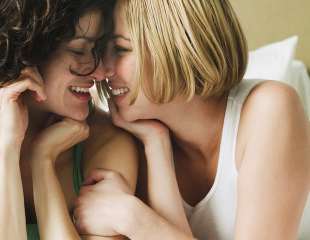
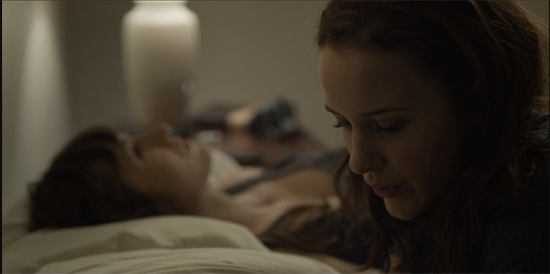


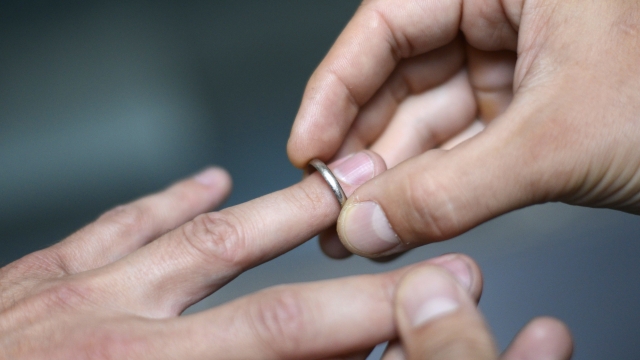
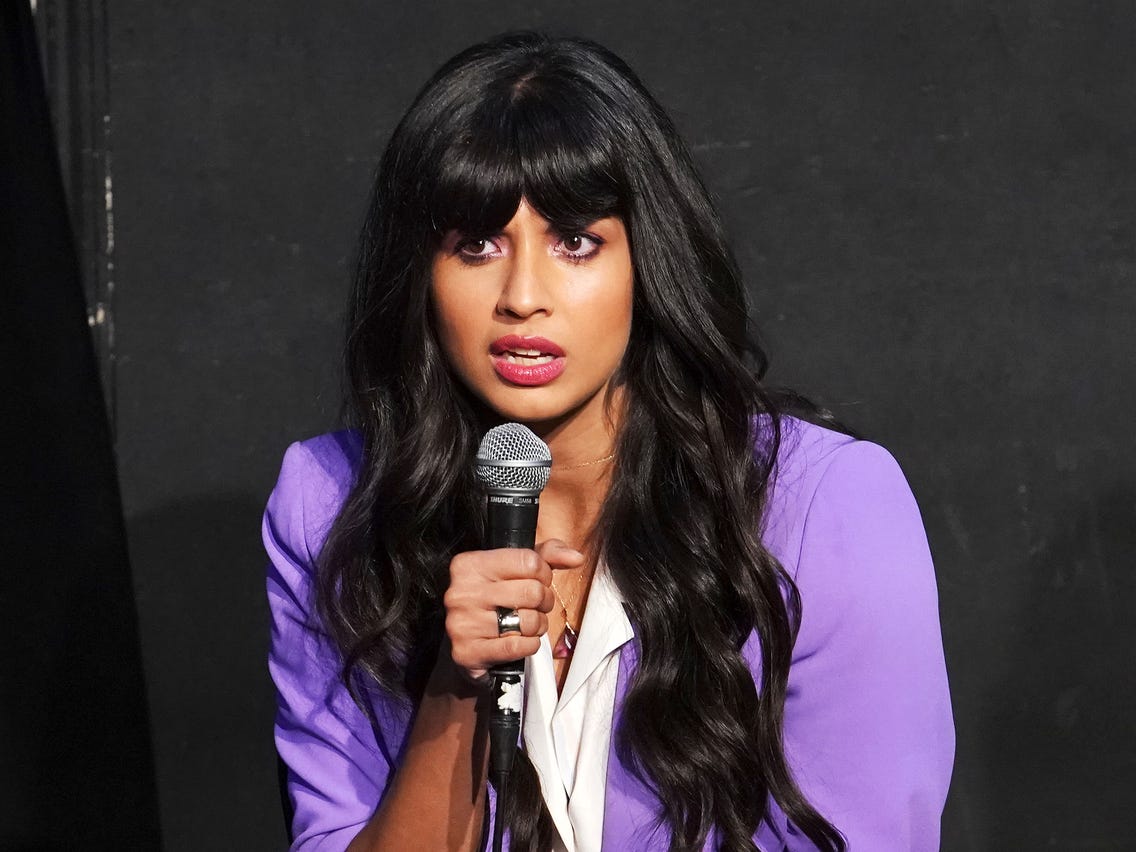
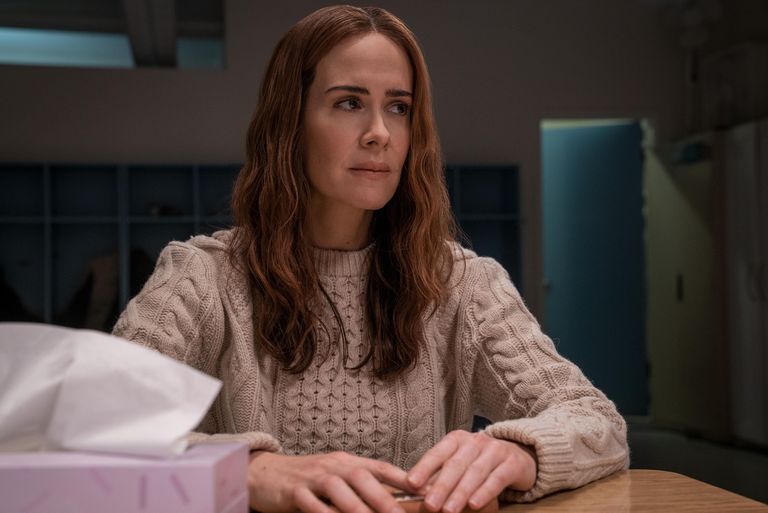

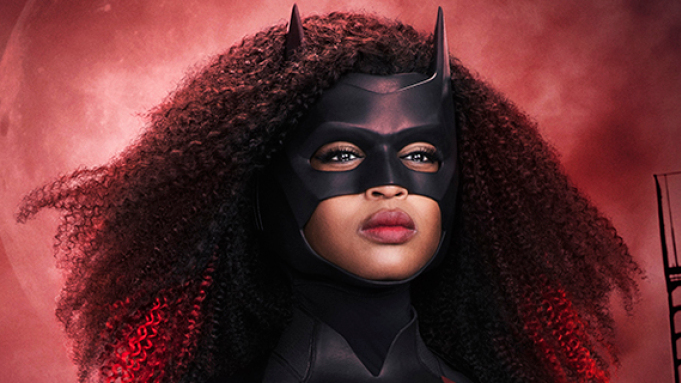

One thought on “What’s The Right Way To Be Gay?”
❤️️